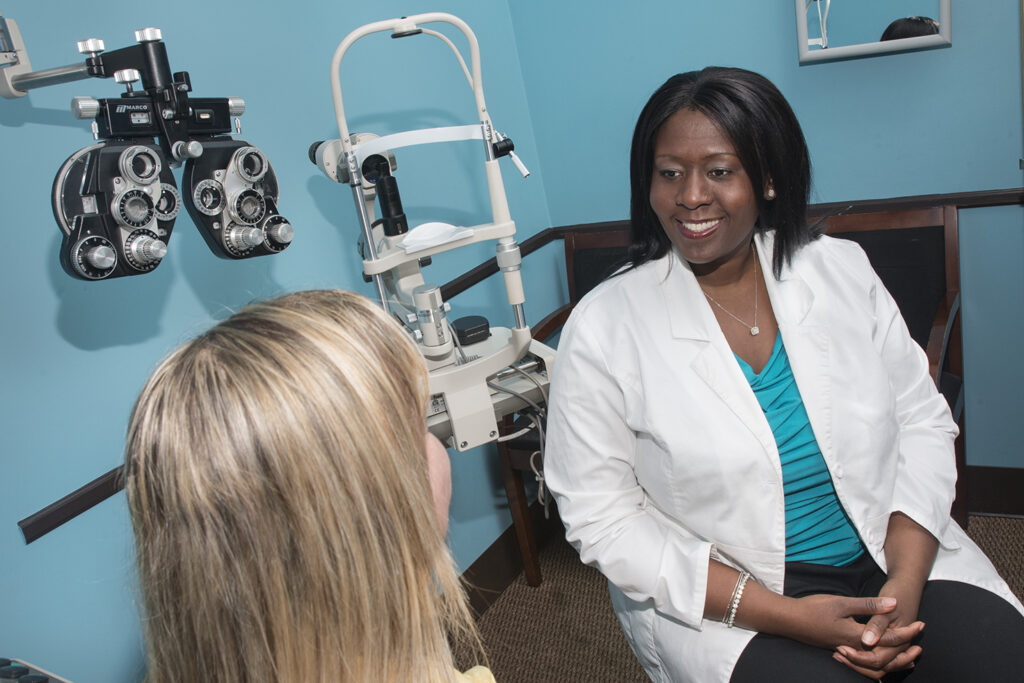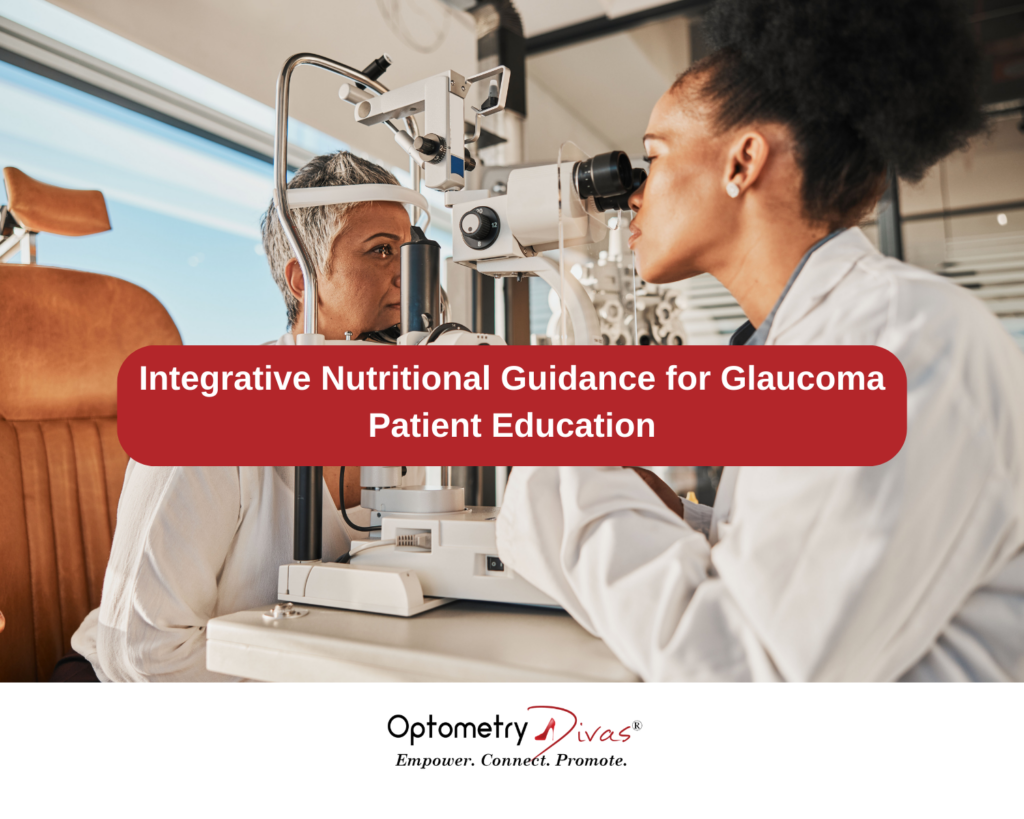Celebrating Women’s Eye Health and Safety Month: Prioritizing Vision for a Brighter Future

April is Women’s Eye Health and Safety Month, a dedicated time to focus on the unique eye health needs of women and to promote awareness about the importance of regular eye care. As women optometrists, we play a crucial role in educating our patients and the community about maintaining healthy vision and preventing eye-related issues.
Understanding the Risks
Women are more likely than men to suffer from eye-related conditions and vision loss. Factors contributing to this include longer life expectancy, hormonal changes, and a higher prevalence of autoimmune diseases that can affect the eyes. Some common eye conditions that women should be aware of include:
- Cataracts: Women are more likely to develop cataracts, which can lead to cloudy vision and, if untreated, blindness.
- Dry Eye Syndrome: Hormonal changes, especially during pregnancy, menopause, or the use of oral contraceptives, can cause dry eyes, leading to discomfort and vision problems.
- Age-Related Macular Degeneration (AMD): Women are at a higher risk for AMD, which affects the macula and can result in central vision loss.
- Glaucoma: This group of eye diseases, which can damage the optic nerve, often goes undetected until significant vision loss occurs. Women, particularly African American women over 40 and Hispanic women over 60, are at higher risk.
Promoting Eye Health
Here are some key tips to help women maintain optimal eye health:
- Regular Eye Exams: Schedule comprehensive eye exams annually, especially if you are over 40 or have a family history of eye disease. Early detection is crucial for managing and treating eye conditions.
- Protect Your Eyes: Wear sunglasses that block 100% of UV rays to protect your eyes from sun damage. Use protective eyewear during activities that pose a risk of eye injury, such as sports or home repairs.
- Maintain a Healthy Lifestyle: A balanced diet rich in leafy greens, colorful fruits and vegetables, and omega-3 fatty acids supports eye health. Regular exercise can reduce the risk of conditions like diabetes and hypertension, which can affect vision.
- Stay Hydrated: Drink plenty of water to help prevent dry eyes and maintain overall health.
- Manage Health Conditions: Keep conditions like diabetes, hypertension, and autoimmune diseases under control with proper medical care and lifestyle adjustments.
- Avoid Smoking: Smoking increases the risk of eye diseases such as cataracts, AMD, and dry eye syndrome. If you smoke, seek help to quit.
Educating and Empowering Women
As optometrists, we can make a significant impact by educating our patients about the importance of eye health and safety. Consider hosting educational workshops, providing informational materials, and using social media to share tips and resources on women’s eye health.
Conclusion
Women’s Eye Health and Safety Month is a vital time to emphasize the importance of regular eye care and to address the unique vision needs of women. By prioritizing eye health, we can help women maintain clear, healthy vision and improve their overall quality of life.
Let’s use this month to empower women with the knowledge and tools they need to protect their vision and ensure a brighter, clearer future. Happy Women’s Eye Health and Safety Month!





